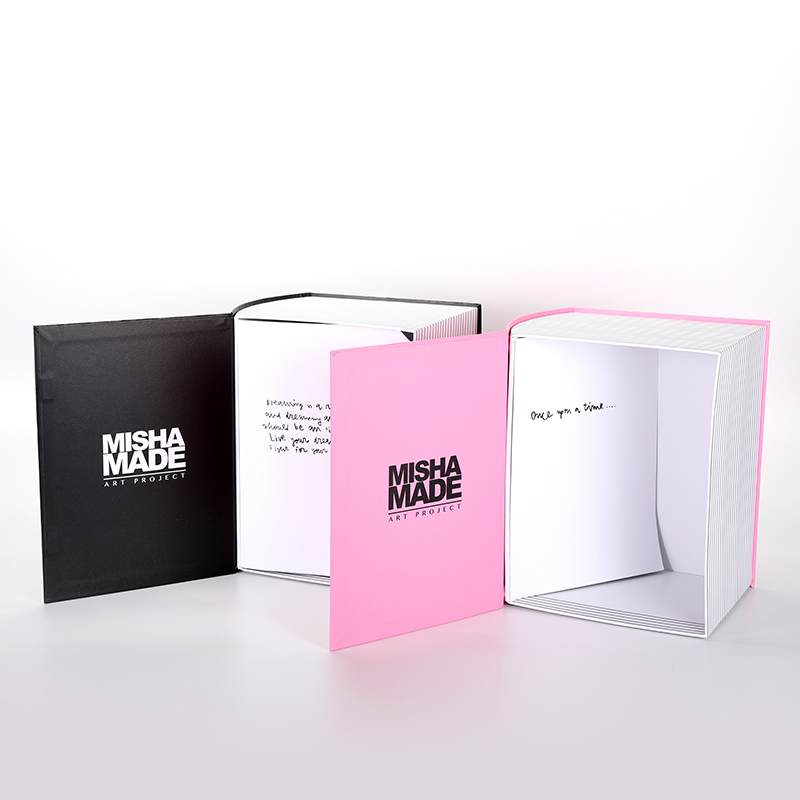Jan. 06, 2023
Regarding the types of printing processes, I hope that through the introduction of packaging boxes manufacturer RX-packaging, you can simply understand the printing process.

①Laminating process
Definition: The processing technology of covering the surface of the printed matter with a plastic film, and using an adhesive to bond them together after heating and pressing to form a printed matter that combines paper and plastic.
Classification: Two types of film-coated spectroscopic film and matte film.
Features: The surface of the product covered with glossy film is bright and expressive, and it is mostly used for product printing; the surface of the product covered with matte film is non-reflective and elegant, and it is mostly used for image printing.
②Stamping process
Definition: hot stamping is to transfer the aluminum layer in anodized aluminum to the surface of the substrate to form a special metal effect by using the principle of heat transfer. Because the main material used in hot stamping is anodized aluminum foil, hot stamping is also called anodized aluminum hot stamping.
Features: Bronzing patterns are clear and beautiful, and the colors are bright and eye-catching.
Application range: hot stamping on packaging boxes, hot stamping on trademarks and boxes of cigarettes, wine, and clothing, hot stamping on book covers, hot stamping on greeting cards, invitation cards, pens, etc.
③Glazing process
Definition: The process of coating (or spraying, printing) a layer of colorless and transparent paint on the surface of the printed matter, and forming a thin and uniform transparent bright layer on the surface of the printed matter after leveling, drying, calendering, and curing is called topping. light craft.
Features: Glazing can not only enhance the bright luster of the surface, but also play a waterproof and oil-proof role on the surface of the packaging, protect the printed graphics, and does not affect the recycling and reuse of paper.
Scope of application: Surface processing of packaging cartons, books, albums, posters and other printed products.
④Bumping process
Definition: embossing is a special technique for decorating the surface of printed matter. It uses a concave-convex mold to plastically deform the substrate of the printed matter under a certain pressure, and then performs artistic processing on the surface of the printed matter.
Classification: cheap plain etched version and expensive laser engraved version.
Features: Embossed various convex graphics and patterns show different shades of patterns, with obvious relief, increasing the three-dimensional sense and artistic appeal of printed matter
⑤Die-cutting indentation
Definition: Die-cutting and indentation is a process in which steel knives and steel wires are arranged to form a template, and the printed matter is processed into the required shape under pressure.
Classification: Die-cutting is the process of cutting paper into a certain shape on a die-cutting machine. Indentation is the use of steel wires to emboss marks on the paper or leave grooves for bending.
Features: It can produce special shapes and enhance expressiveness.